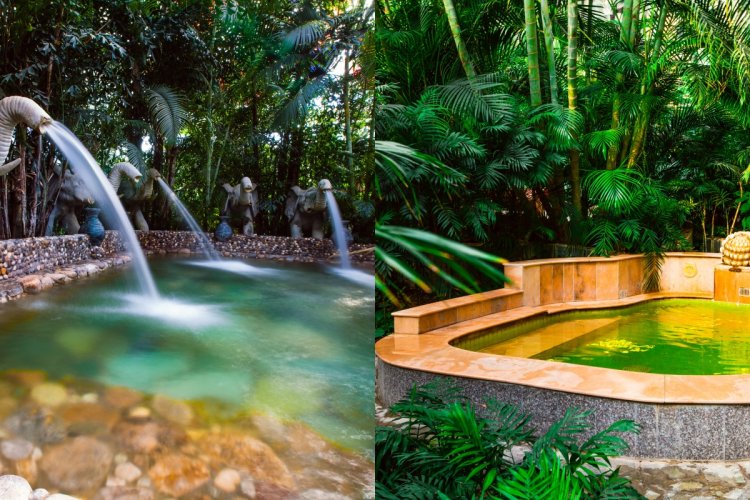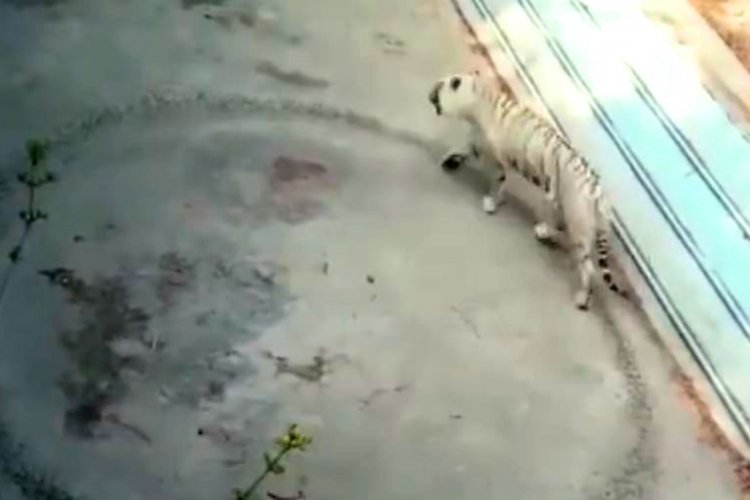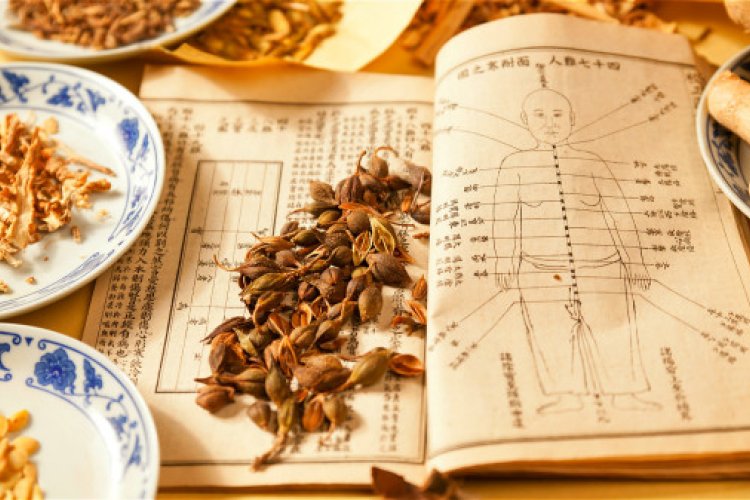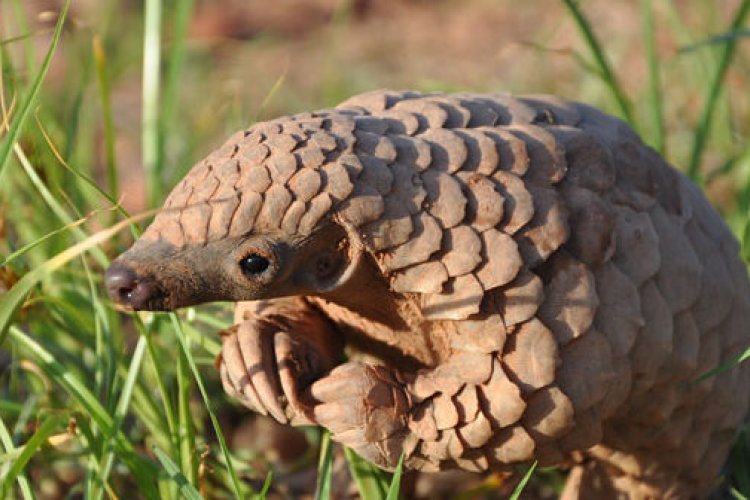Your TCM Primer: Useful Terms & Beijing's Best Clinics
Based on the theory of Yin (阴) and Yang (阳), TCM treatments use natural therapy rather than manufactured medicines to heal ailments. Below is a short introduction to the five most commonly practiced TCM treatments; at the bottom of the page you’ll find a few hospitals and clinics where you can try them out for yourself.
Acupuncture 针
Whether Chinese or non-Chinese, many patients are understandably apprehensive going into their first acupuncture session. Few people will relish the thought of having numerous thin, sharp needles inserted into the skin, but there’s nothing to be afraid of if you’re in the hands of a professional therapist. Acupuncture works through the stimulation of special points (xuewei, 穴位) in the body to adjust the way an organ is functioning and the flow of energy (qi, 气). By stimulating these points, the relevant organ will be cured. Acupuncture is commonly used for the relief of acute pain and chronic suffering, as well as weight loss. Best of all, it has no side effects.
Moxibustion 灸
Based on the same essential principle, the only difference between moxibustion and acupuncture is the equipment used. Moxibustion replaces the acupuncturist’s needle with an herbal stick (moxa stick). The procedure of moxibustion is actually quite enjoyable and relaxing. The herbal stick is lit, then held close to the relevant acupuncture points. The idea is that burning the stick releases different herbs that penetrate the skin and work inside the body. Acupuncture and moxibustion therapy are often bracketed together under the term “Zhenjiu Therapy” (针灸疗法). Whereas acupuncture is used for more serious complaints, moxibustion is a good choice for basic health promotion and protection.
Cupping 拔罐
Of all the TCM treatments that may seem unorthodox to Western medicine, cupping is among the most interesting. Patients usually lie on a bed. The practitioner takes a glass cup and puts a burning cotton ball into it, then quickly places the cup over the patient’s skin, creating a suction effect that leaves a distinct circular bruise. The process may be repeated on several different points, the purpose being to improve blood circulation by stimulating the various acupuncture points. Painful as the bruises look afterwards, cupping is generally a painless procedure.
Gua Sha 刮痧
Another of the more foreboding procedures in the TCM handbook, Gua Sha involves having your skin scraped to dispel “fire” from the body. The practitioner uses a board made of water buffalo horn, jade or animal bone to scrape targeted meridians (jingluo, 经络) along the body, until the underlying ailment (sha, 痧) emerges. Though uncomfortable, the procedure’s endurance after thousands of years stands as testimony to its effectiveness.
Traditional Massage 按摩
Massage is the most famous and widespread of TCM treatments. A qualified masseur is equipped with an arsenal of techniques to work out the knots and aches in your muscles. Aside from relieving tired or strained muscles, massage is often employed to ease tension and anxiety. You don’t even need to go to a practitioner – massage chairs, sticks and other aids are widely available to help you knead the pain away yourself.
Beijing Hospital of Traditional Chinese Medicine
Services for non-Chinese speaking foreign patients are available. Registration fee varies from doctor to doctor.
Daily 8am-4.30pm. 23 Meishuguan Houjie, Dongcheng District. (day 5217 6852; night 5217 6677) www.bjzhongyi.com 北京中医医院, 东城区美术馆后街23号
Beijing Massage Hospital
Services for non-Chinese speaking foreign patients are available. Registration fee RMB 1-3, consultation fee RMB 3-80.
Daily 7.30-11.45am, 1.30-10.30pm. 7 Baochan Hutong, Xinjiekou, Xicheng District. (6616 1064; 6616 8880) www.massage-hospital.com 北京按摩医院, 西城区新街口宝铲胡同7号
Beijing Tongrentang Traditional Chinese Medicine Hospital
Registration fees: RMB 5 for standard doctor, RMB 30-200 for more specialist doctors.
Daily 7.30-11am, 1-4.30pm. 46 Xidamochang Jie, Chongwen District. (6701 9022; 6701 0215 for specialist clinic) www.tongrentangzyyy.com 北京同仁堂中医医院, 崇文区西打磨厂街46号
Guo Yi Tang
Registration fee RMB 10-300.
Daily 8am-noon, 1.30-9pm. 2 Tuanjiehu Beilu, Chaoyang District (50 meters from Changhong Qiaonan). (6582 7961/63) www.guoyitang.com 北京中医药大学国医堂中医院, 朝阳区团结湖北路2号 (长虹桥南50米)
Meridian Massage Center
This TCM clinic’s treatments range from massages (RMB 280/45min) to acupuncture, moxibustion and cupping. Their most unique specialty is the “clearing the meridian” treatment, wherein headaches, insomnia and even menstrual pain are cured by applying electric currents to acupuncture points on the body.
Daily 10am-11pm. 9-10-A, Si’de Park, Fangyuan Xilu (300m east of Xiaoyun Qiao, opposite Greenland Garden), East Fourth Ring Road, Chaoyang District. (8456 7010) 明经堂, 朝阳区东四环芳园西路四得公园9-10-A号(东四环霄云桥向东300米路北,嘉林花园对面)
Related stories :
Comments
New comments are displayed first.Comments
![]() rxdhuang
Submitted by Guest on Mon, 05/17/2010 - 15:03 Permalink
rxdhuang
Submitted by Guest on Mon, 05/17/2010 - 15:03 Permalink
Re: Your TCM Primer: Useful Terms & Beijing's Best Clinics
I don't any experience with bacne, but something tells me it will really really hurt to have gua sha done to it.
![]() joe_blow
Submitted by Guest on Fri, 05/14/2010 - 21:22 Permalink
joe_blow
Submitted by Guest on Fri, 05/14/2010 - 21:22 Permalink
Re: Your TCM Primer: Useful Terms & Beijing's Best Clinics
^ will gua sha cure "bacne" (http://www.bacne.info/)?
Depends on what exactly is causing it. In TCM, most skin eruptions are considered heat trying to get out. Most treatment for bacne I've seen is minor bloodletting with a 3-edge needle then using cupping to suck a bit more out.
I think the guasha definition is slightly wrong. Guasha is used to break up stagnation, either blood or qi, in the body. Stagnation can be caused by heat, but it can also have other causes.
![]() Jerry
Submitted by Guest on Thu, 05/13/2010 - 15:45 Permalink
Jerry
Submitted by Guest on Thu, 05/13/2010 - 15:45 Permalink
Re: Your TCM Primer: Useful Terms & Beijing's Best Clinics
I get flare-ups from time to time on my back ("better there than on my face," they always say) and have had gua sha done on my back. I wouldn't say it cures "bacne," merely speeds up the process of breaking out.
![]() admin
Submitted by Guest on Thu, 05/13/2010 - 15:17 Permalink
admin
Submitted by Guest on Thu, 05/13/2010 - 15:17 Permalink
Re: Your TCM Primer: Useful Terms & Beijing's Best Clinics
^ will gua sha cure "bacne" (http://www.bacne.info/)?
![]() rxdhuang
Submitted by Guest on Thu, 05/13/2010 - 11:02 Permalink
rxdhuang
Submitted by Guest on Thu, 05/13/2010 - 11:02 Permalink
Re: Your TCM Primer: Useful Terms & Beijing's Best Clinics
The gua sha is more than just uncomfortable! It's like being deeply exfoliated but with a very smooth and blunt blade. However, when you're done, you feel like a warrior for completing a TCM rite of passage!
Validate your mobile phone number to post comments.






